Ashton Thornhill
Member Spotlight - March 2017
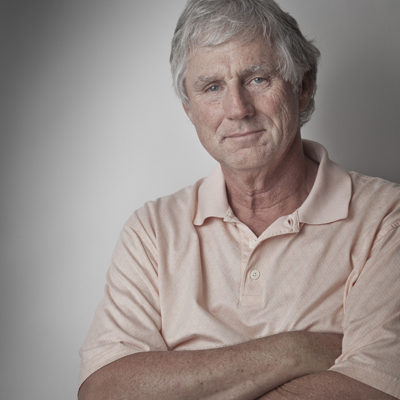
- Where did you grow up, and where do you live now?
I was born in Shreveport, Louisiana, but moved at age 9 to Austin, Texas, then to Johnson City, Texas, and once more to Washington DC. No, I was not a military brat, but a political one. My twin brother and I moved with my mother when she got a job with then Senator Lyndon Johnson. At age 15 (almost grown up), I moved back to Texas to attend high school in Dallas. For the past 45 years I have lived on the Llano Estacado of Texas, in Lubbock—just east of Levelland and Shallowater, and a little north of Brownfield.
- Why did you join TPS, and how long have you been involved?
Julie Newton, a then Ph.D. graduate student at UT-Austin told me that she and Rick Williams were organizing a local photography group in Austin but wanted to involve other places in Texas as well. The date was around 1982 or ‘83, before TPS was officially founded. This was before the internet and it was a way for me to meet, see and try to understand other people’s photography. This was/is very important to me. To me, this is the most important function of TPS—sharing our vision, thoughts and ideas.
- Why did you become a photographer, and where do you find inspiration or motivation for your work?
I was a Junior at Texas Tech University, majoring in Finance-Banking, and had an elective class to take. I enrolled in a basic photography class and fell in love with the whole process. I loved the shooting and the darkroom. I still miss the smell of stop and fix, but don’t miss the running water. Also, the banking crisis of 2007-08 would probably have happened a lot sooner if I had gone into that field. I was not a good undergraduate student, but I did finish that degree. I ultimately switched to photojournalism for graduate school. So, I guess you could say I became a photographer because my balance sheets never seem to balance. Many peoples’ work influenced me early on: Edward Weston, Paul Caponigro, Eugene Smith, Gene Richards, Sebastiao Salgado, Annie Leibovitz and Keith Carter.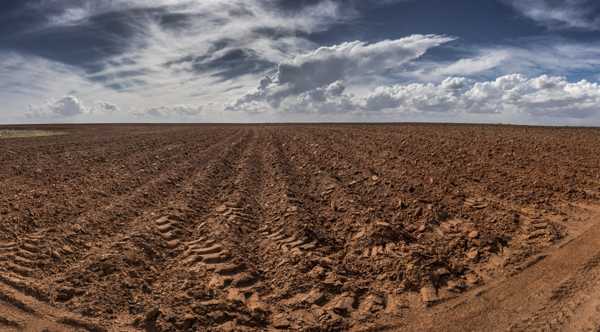
- How would you describe your photography and/or working process?
My process has been to find subjects and photograph them with my response, my thought and my eye. Lately I have noticed how fleeting vision can be, and how easy it is to dismiss it. By this I mean I’m still learning to trust what I see. A lot of my favorite images were made on my way to make other images. It is when I stop and photograph what catches my attention that I make successful photographs. It is about trusting that brief moment you see something that peaks your interest and not disregard it because you are on some other mission. It is listening to and acting on your inner voice that makes the difference.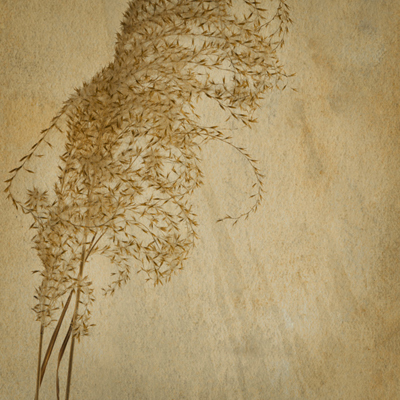
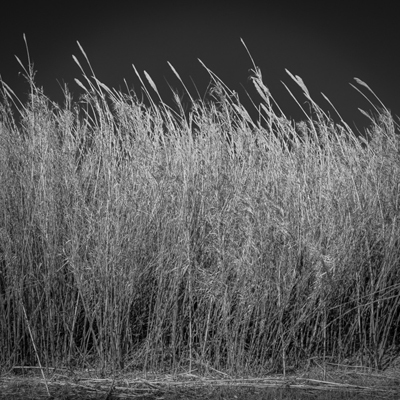
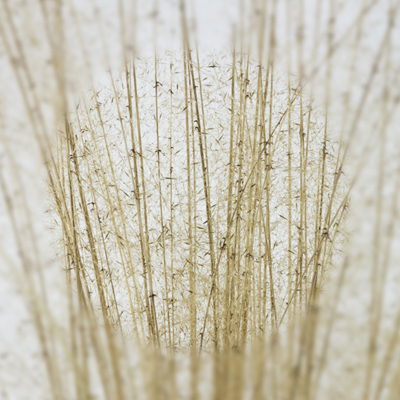
I feel like I am still evolving, at least I hope so. I enjoy a lot of photographs that are preconceived and constructed, but that is not how I work. I respond to the movement, light and point of view and what the subject represents, literally and metaphorically.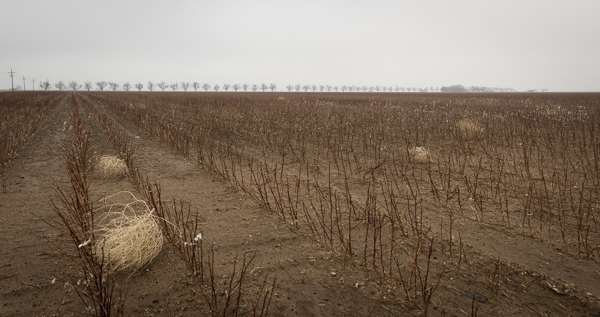
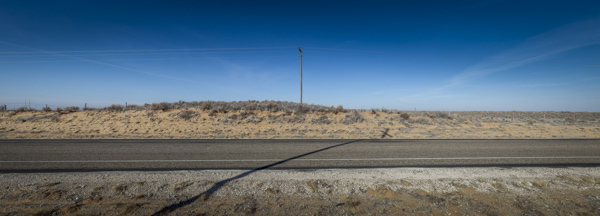
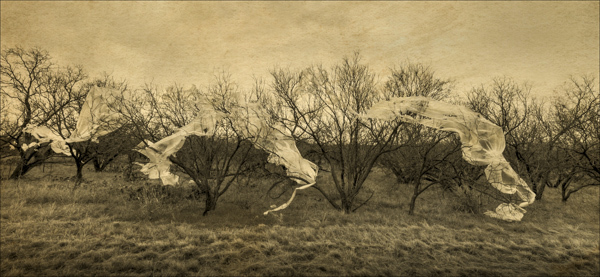
- Please tell us about your most recent photographic work.
Recently I have been working on photographing rural west Texas at night. To me the work portrays the vastness of this region and the loneliness of the landscape, but it is also about the beauty of the region. I have an exhibition of this work, Texas Noir, at The Grace Museum in Abilene, Texas, from March 30 through August 12, 2017.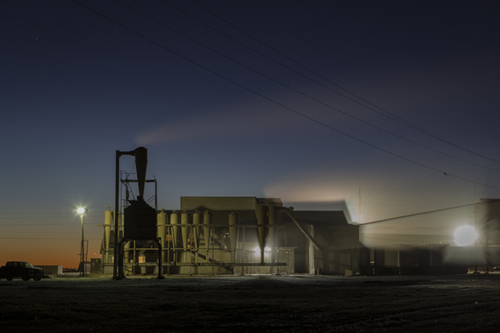
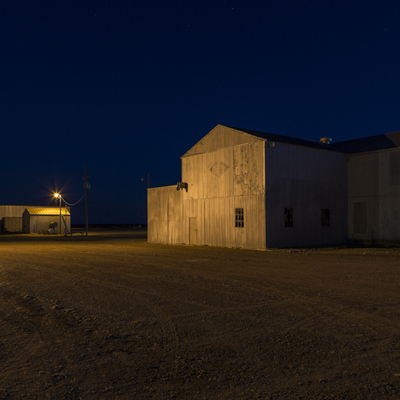
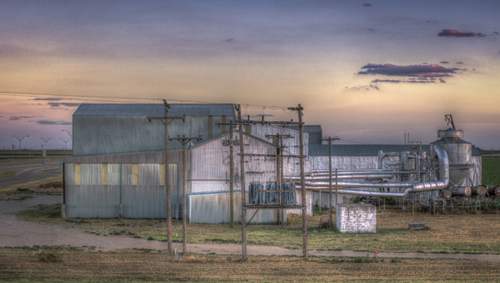
Most recently I am exploring the flora of the Llano Estacado. I am at the very beginning of this work. So it is drive time in the Prius with the windows rolled down and listening for the flora to yell: “Stop—photograph me!”.